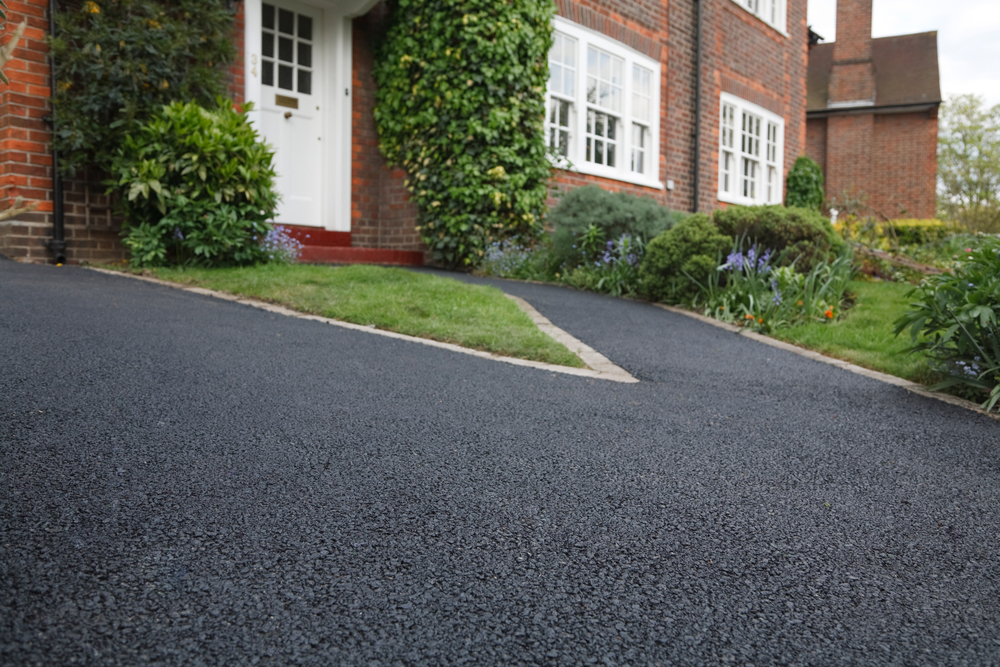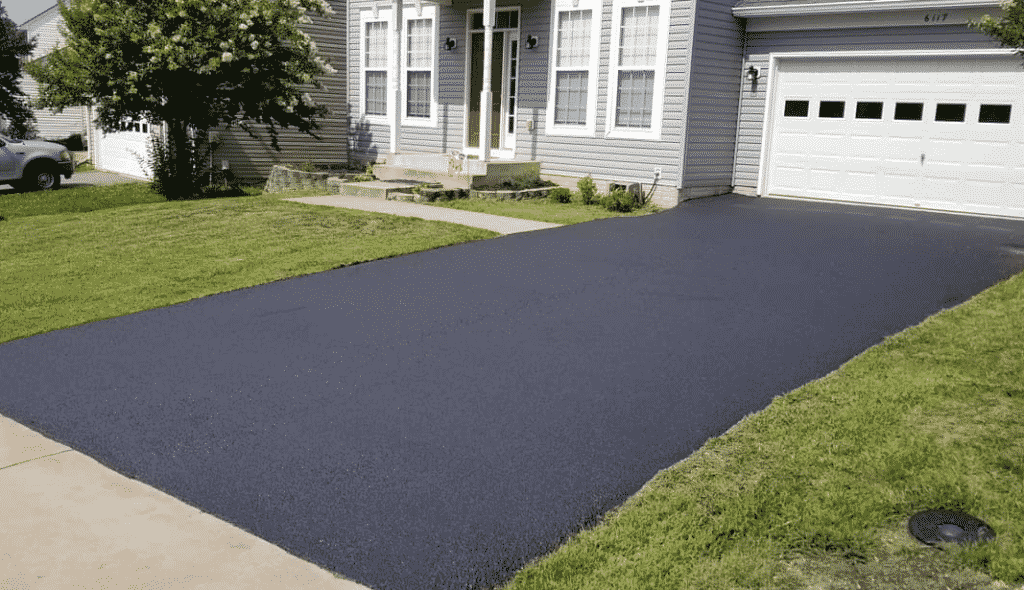Warm Mix Asphalt: A Sustainable Option for Sidewalk
Warm Mix Asphalt (HMA) has become a leading sustainable selection for pavement options, providing a myriad of environmental advantages and ingenious technologies. Its ability to reuse products and decrease energy intake presents a compelling instance for its fostering in road building projects. The long-lasting efficiency and resilience of HMA make it a recommended choice for framework development. As the demand for eco-friendly building methods expands, exploring the nuances of HMA's sustainability can provide beneficial insights right into the future of sidewalk solutions.
Environmental Advantages of Warm Mix Asphalt

In Addition, Warm Mix Asphalt assists to mitigate metropolitan warmth island impacts. Its dark color absorbs sunlight, decreasing the amount of warm reflected back into the atmosphere contrasted to lighter-colored pavements. This can lower ambient temperatures in urban areas, decreasing the need for air conditioning and eventually decreasing power usage.
On top of that, Hot Mix Asphalt adds to improved stormwater management. Its permeable nature permits water to infiltrate the pavement and charge groundwater products, decreasing overflow and the risk of flooding. These ecological benefits make Warm Mix Asphalt a sustainable option for leading freeways and roads.
Power Efficiency in HMA Manufacturing
Is energy performance a critical element in the production of Hot Mix Asphalt (HMA)? Definitely. Power plays a significant duty in the manufacturing of HMA, influencing both cost and ecological sustainability. One crucial facet of energy efficiency in HMA manufacturing is making use of warm mix asphalt (WMA) technologies (hot mix asphalt). WMA permits for the mixing and placement of asphalt at lower temperatures contrasted to standard warm mix asphalt, resulting in lowered power usage during manufacturing. This process not only lowers gas usage however additionally decreases greenhouse gas exhausts, making it an extra eco friendly alternative.
Furthermore, advancements in plant innovations have actually led to even more energy-efficient HMA production procedures. Modern plants are designed with functions like recycled asphalt pavement (RAP) processing capabilities, effective burner systems, and enhanced insulation, all adding to power savings. By enhancing power usage in HMA manufacturing, the market can reduce its carbon impact while maintaining top quality sidewalk materials. Power performance is, therefore, a critical factor to consider in making sure the sustainability of Warm Mix Asphalt production.
Recyclability of Hot Mix Asphalt
The recyclability of Hot Mix Asphalt (HMA) is a critical aspect of its sustainability and lasting ecological impact. HMA is among one of the most recycled materials in the United States, with over 100 million loads of redeemed asphalt pavement (RAP) being recycled every year in brand-new sidewalk building and construction. Reusing HMA uses a number of environmental advantages, such as lowering the requirement for virgin products, lowering energy intake during production, and decreasing the quantity of waste sent out to land fills.
The procedure of recycling HMA entails crushing the existing pavement, crushing it into smaller sized items, and blending it with new accumulation and asphalt binder to produce a recycled mix. Generally, the recyclability of HMA plays a considerable duty in promoting lasting techniques within the pavement market.

Long-Term Efficiency of HMA
Asphalt pavements show toughness and resilience over an extended duration, mirroring the long-lasting efficiency of Warm Mix Asphalt (HMA) The longevity of HMA can be associated to its capability to stand up to heavy web traffic loads, extreme climate condition, and the impacts of aging. Research studies have shown that well-designed and correctly built HMA sidewalks can last for two decades or more with regular upkeep. The trick to making best use of the long-lasting efficiency of HMA hinges on making use of top quality materials, adhering to best useful link methods in building, and applying reliable upkeep techniques. Correct drainage, routine inspections, and timely fixings are crucial for protecting the architectural honesty of HMA sidewalks with time. Furthermore, advancements in HMA innovation, such as using polymer-modified binders and cozy mix asphalt, have actually further boosted the sturdiness and durability of HMA pavements. By focusing on top quality construction and upkeep techniques, HMA continues to verify itself as a lasting and cost-efficient solution for lasting pavement framework.

HMA: Durability and Sustainability
Showing both resilience and sustainability, Hot Mix Asphalt (HMA) has come to be a keystone in the building of long-lasting pavement frameworks - angled parking. HMA's resilience originates from its capacity to hold up against hefty lots, severe climate condition, and high traffic quantities, making it a reliable option for highways, highways, and airport terminal runways. The composition of HMA, which typically includes accumulations, binder, and filler, plays a vital duty in boosting its longevity and resistance to tear and use
Moreover, HMA's sustainability hinges on its recyclability and energy-efficient manufacturing process. The capability to reuse reclaimed asphalt pavement (RAP) in new HMA blends lowers the demand for virgin products and lessens the ecological influence of sidewalk building and construction and maintenance. Furthermore, the power performance of creating HMA exists in its reduced blending temperature levels compared to other pavement products, resulting in minimized energy intake and greenhouse gas exhausts.
Verdict
To conclude, hot mix asphalt (HMA) offers a sustainable service for sidewalk with find more info its eco-friendly qualities. HMA's recyclability, power effectiveness in production, and long-lasting toughness make it a green option for road building. By conserving natural deposits, lowering waste, and lowering greenhouse gas emissions, HMA plays an important role in advertising sustainability in framework advancement. Its ability to reduce metropolitan heat island impacts better highlights its importance in producing ecologically aware and resistant sidewalk systems.
HMA is one of the most recycled materials in the United States, with over 100 million heaps of reclaimed asphalt pavement (RAP) being reused each year in brand-new sidewalk building and construction.The procedure of reusing HMA includes crushing the existing sidewalk, squashing it into smaller sized items, and mixing it with new aggregate and asphalt binder to develop a recycled mix.Asphalt sidewalks show durability and strength over an extensive duration, showing the lasting efficiency of Hot Mix Asphalt (HMA) Additionally, improvements in HMA innovation, such as the use of polymer-modified binders and cozy mix asphalt, have actually even more enhanced the resilience and durability of HMA pavements. The ability to recycle my review here reclaimed asphalt pavement (RAP) in brand-new HMA blends decreases the demand for virgin materials and minimizes the ecological effect of pavement building and maintenance.